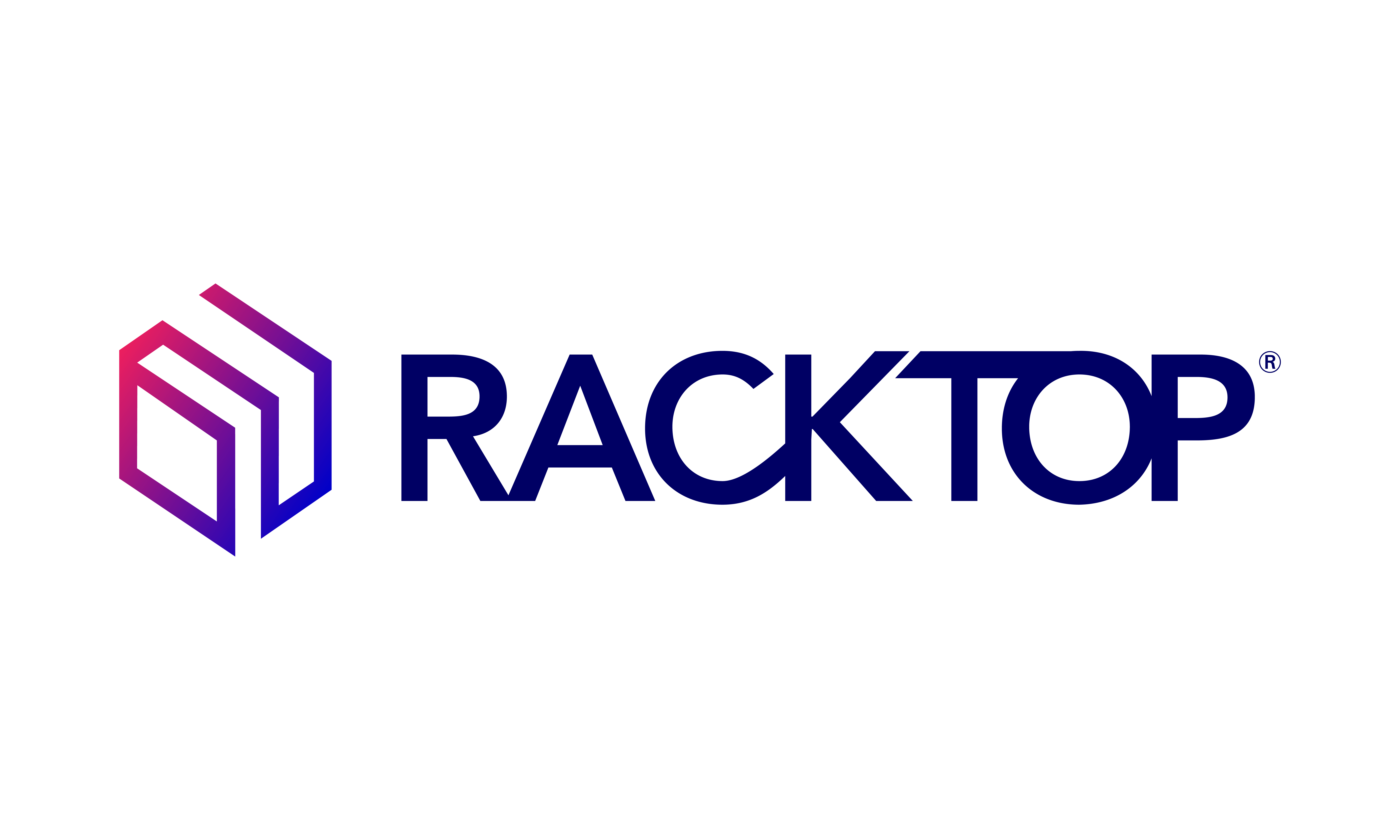Cybersecurity Maturity Model Certification (CMMC)
Secure Your Data and Simplify CMMC Level 2 and Level 3 Compliance with RackTop
Securing sensitive data and maintaining compliance with the Cybersecurity Maturity Model Certification (CMMC) standards are critical priorities for defense contractors. Mandated by the United States Department of Defense (DoD), CMMC Levels 2 and 3 set rigorous cybersecurity requirements aimed at protecting Controlled Unclassified Information (CUI) from increasingly sophisticated threats.
CMMC Level 3 builds upon the 110 controls of CMMC Level 2 by adding 24 additional, more advanced controls focused on Advanced Persistent Threats (APTs). Level 3 requires rigorous security measures, including advanced access controls, network segmentation, and incident response capabilities, making RackTop’s BrickStor Secturity Platform (SP) the ideal solution for your data whether it’s on premises or in the cloud.
Achieving and maintaining compliance at these levels is essential, as DoD contracts frequently require certification, directly influencing your organization’s ability to compete, operate effectively, and safeguard sensitive data. Non-compliance or breaches in data security can disrupt critical supply chains, result in substantial financial and reputational losses, and threaten future contracting opportunities.
RackTop’s BrickStor SP is specifically designed to streamline compliance with both CMMC Level 2 and Level 3. BrickStor goes beyond NIST 800-171 standards, offering advanced data security controls, comprehensive data protection, and advanced threat prevention for unstructured data. BrickStor aligns precisely with required controls, making self-assessments or third-party assessments quick, easy, and efficient, ensuring continuous compliance and robust data security.
Learn How BrickStor SP Addresses Critical CMMC Controls
Additional Resources
Contact
Phone: +1 443-276-6973
Email: RackTop info
Support: Customer log-in
Address: 8170 Maple Lawn Blvd. Ste. 180
Fulton, MD 20759 USA
Request more information

